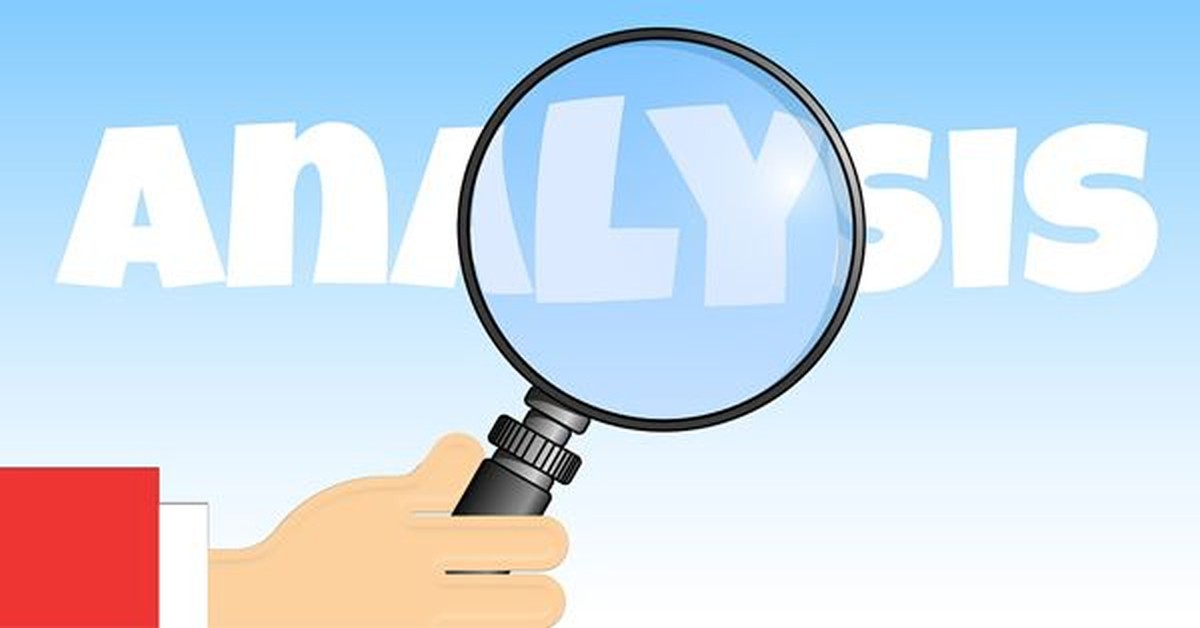In the past when you had to open a Simple Bank account in any branch of PSU / Private Sector Bank in India, apart from filling all the particulars in the Account opening form, you had to fill a space wherein somebody known to you personally had to introduce you to bank and to sign the account opening form who already was an account holder in the said branch, this was before the days of PAN & AADHAAR, the good intention from the point of banks was people with good conduct & reference, in built were eligible to open the bank account. If you compare the same to present day scenario, banks take extreme caution in opening of bank accounts through KYC Norms adhering to all safety norms as prescribed by RBI from time to time. Despite the best efforts of RBI, some staff of PSU as well as Private sector banks indulge in activities detrimental to the interest of the nations and banking industry and open bank accounts with tainted money or dubious means for some personal financial gains which gets reported every now and then during an Economic offence in the newspapers.
To understand Prevention of Money Laundering Act 2002 (PMLA Act, 2002), it’s imperative to know the reasons for introducing such a Tough act to prevent Money laundering.

What Is Money Laundering?

Money laundering, in the simplest of senses, is defined as a means or process by which proceeds from criminal activities are disguised in order to hide their illegal origin. Criminals first engage in a substantive criminal act, such as Narcotics, Human trafficking, Financial Frauds, Weapons sales, Tax Evasion, Person involved in Inside Trading having benefitted from Confidential Information from Company’s Affairs, or to avoid attention from Authorities on sudden rise in one’s own income through illegal activities thereby amazing wealth. The profit from criminal activities still carries with it the taint of the criminal activity from which it was derived and therefore can still subject a person to criminal prosecution for its possession. When a criminal profits from crime, in order to use the profits without detection, it is common for persons to launder their crime proceeds by taking the following steps to make the funds look like they came from a legitimate source. This could involve changing the form of the funds (from Cash to Real estate, for example), or by moving the funds to a less visible location. The process of laundering money to make it appear to be legitimate funds generally involves three steps.
Placement
The first step is called Placement, which involves the physical movement of currency or monetary funds derived from illegal activities into a less suspicious form. This step is often as simple as taking paper currency and depositing it in an ordinary bank account.
Layering
The second step is Layering. The goal of layering is to separate the illegal proceeds from any connection to their illegal source by taking the funds and making a series of financial transactions that are designed to obscure any audit trail or attempt to follow the funds. Money launderers can layer by making wire transfers of monies from one bank to another bank to a third bank. Transfers of funds to countries who are known as "Havens" (where bank secrecy laws protect account holders' privacy) is common. Once the money has been layered and moved to separate it from its original source, the money launderer will want to bring the money back to him by making it appear as if it is legitimate business earnings.
Integration
And the third step is commonly called Integration. If the money launderer operates a business, one means of bringing the "Cleaned" money back into his control is by overvaluing his assets or overstating his profits. For the types of businesses that deal with large amounts of cash sales and keep only minimal sales records, such as Restaurants, Casinos, Online Bettings, Malls, Cinemas Etc, Money laundering is easily accomplished, because money from illegitimate sources can be combined with legitimate income to hide its original source with relative ease, and little risk of detection. There is no clear indication of exactly when money is laundered.
India being a part of Financial Act Task force (FATF) & Asia Pacific Group on Money Laundering is committed to the effective implementation and enforcement of Internationally accepted standards against money laundering and financing of terrorism. The Ministry of Finance is entrusted with the enforcement of the said Act and In the year 2011, suitable amendments were made to the Act to bring it on par with the International standards.
PMLA ACT 2002
The PMLA Act 2002, is empowered to confiscate property derived from Criminal Activity / Involvement in money laundering and for matters connected thereto or incidental thereto acquired through proven criminal activity, the violation by the said person results in both civil / criminal consequences for the perpetrator / violator of law.
The PMLA Act came in to effect from July 1, 2005 in India and the recent amendments to the said Act clearly reaffirms the fact that Government is listening , even in Patriot Act 2001 of USA, It has one (Title – III) Referring to Anti money laundering to prevent terrorism thereby expanding the scope from criminal activity to terrorism.

Of recent there is a Huge Spike of cases registered against both Individuals and corporates in India which I do not want to name, once I was speaking to an National level Expert in PMLA Act, and what he advised me is still ringing in my ears, if a person or corporate gets itself entangled in PMLA Act, then it becomes very difficult to come out of situation with a clean slate, in short it will be a situation similar to Quick sand, the more you try to come out, the more deeper you will be pushed, so be aware Big Brother (Government of India) is watching you remotely through their own Data network and surveillance.









 CAclubindia
CAclubindia
